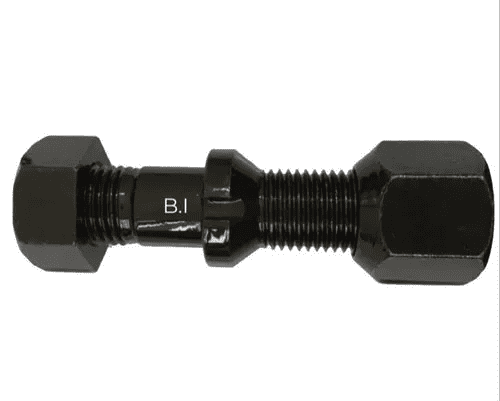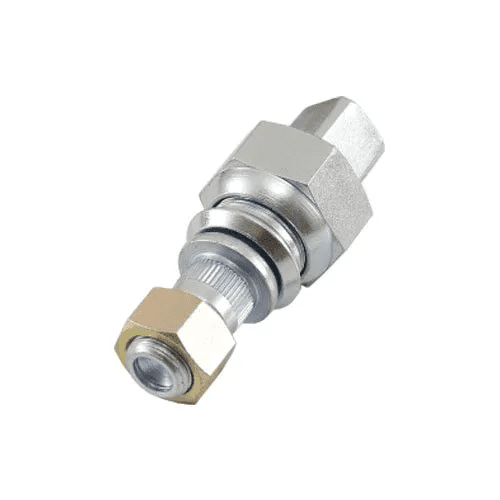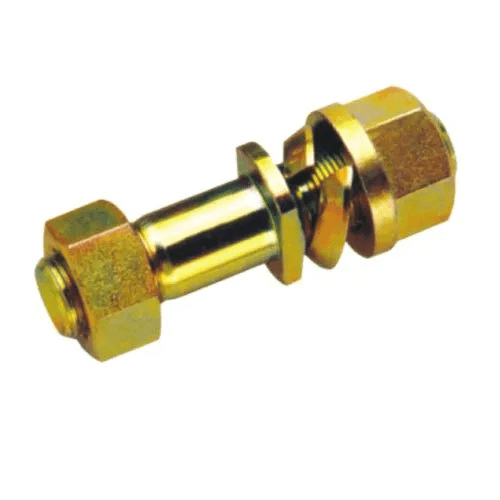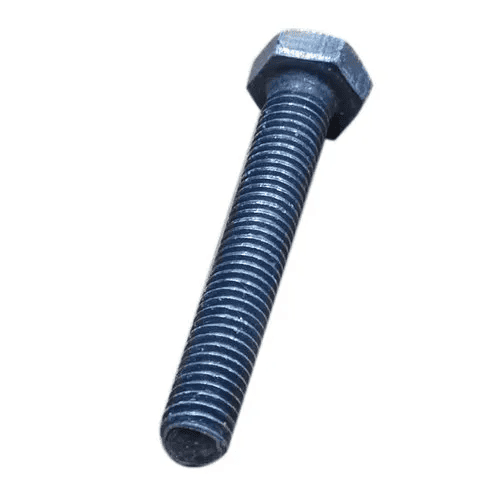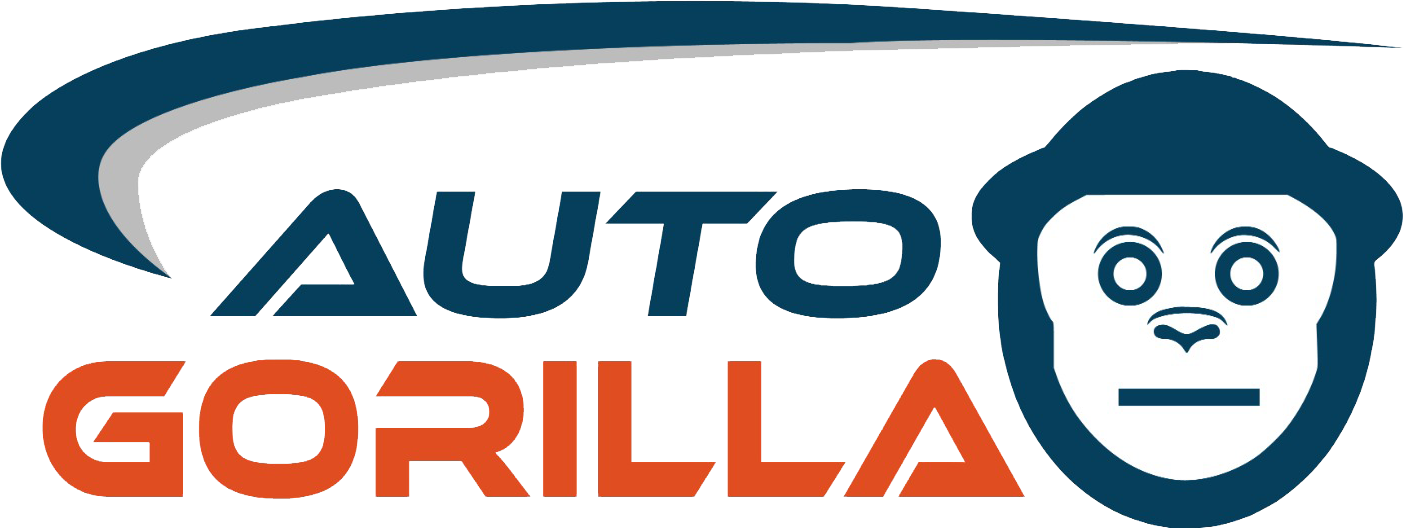WhatsApp us: +91 7758995175
|
info@autogorilla.com
Automotive Wheel Nuts and Bolts are critical components used to secure wheels to vehicles. They play an important role in ensuring the safety and stability of the vehicle while in motion.
Product Specification:
| Size | any |
| Head Type | any |
| Thread Type | any |
Product Description: We have been able to create a distinct niche for ourselves in the market..... View more details
Product Specification:
| Size | any |
| Material | any |
| Color | any |
Product Description: We have been able to create a distinct niche for ourselves in the market..... View more details
Product Specification:
| Size | Customized |
| Material | MS |
| Type | U |
Product Description: All our products are best in its quality aspects and offer consistency to..... View more details
Product Specification:
| Thread Size (inch) | 112 x 1.5 mm |
| Shape | Circular |
| Brand | R & G Automotives Pvt. Ltd. |
Product Description: Differential Nuts Actros ..... View more details
Product Specification:
| Size | As per client requirement |
| Condition | New |
| Use | Domestic and Industrial use |
Product Description: With sincerity and hard work of our professionals, we have carved a niche..... View more details
Product Specification:
| Usage/Application | Automobile |
| Material | Cast Iron |
| Finishing | Polished |
Product Description: Diameter Range 100mm to 200mm...... View more details
Product Specification:
| Bolt Range | M12 - M39 |
| Oil Capacity | 18 - 250 c.c. |
| Splitter Capacity | 10 - 50 TON |
Product Description: The Nut Splitter range has been designed in response to industry calls for..... View more details
Product Specification:
| Material | Cast Iron |
| Packaging Type | Carton Box |
| color | Black |
Product Description: With highly driven technical excellence, we have been able to offer our..... View more details
Product Specification:
| Product Type | Forged |
| Material | MS |
| Size | m4 |
Product Description: We are super auto industries manufacturer of automobile forging parts and..... View more details
Product Specification:
| Material | Special Durable Plastic |
| Color | Fluorescent Yellow,Red,Pink,Green,Orange. |
| Brand | Sarv |
Product Description: Details:Uses- It makes it possible to correctly check vehicles for loose..... View more details
Your request has been successfully sent to suppliers related to the product you selected. They will review your request and contact you directly via your phone number or email. Expect a response shortly!
Most of the threaded fasteners used on vehiclesare cap screws. They are called cap screws whenthey are threaded into a casting. Automotive technicians usually refer to these fastenersas bolts.
A stud is a shortrod with threads on both ends.
The fastener threads must match the threads inthe casting or nut. The threads may be measured either in fractions of an inch (called fractional) or inmetric units. The size is measured across the outside of the threads, called the crest of the thread.
Fractional threads are either coarse or fine. Thecoarse threads are called Unified National Coarse(UNC), and the fine threads are called UnifiedNational Fine (UNF). Standard combinations ofsizes and number of threads per inch (named as pitch) are used.
Pitch can be measured with athread pitch gauge.
Boltsare identified by their diameter and length asmeasured from below the head.
In general, fractional thread sizes are specified by the diameter in fractions of an inch and the number ofthreads per inch. Typical UNC thread sizes wouldbe 5/16–18 and 1/2–13. Similar UNF thread sizeswould be 5/16–24 and 1/2–20.
The size of a metric bolt is specified by the letter Mfollowed by the diameter in millimetres (mm)across the outside (crest) of the threads. Typicalmetric sizes would be M8 and M12. Fine metricthreads are specified by the thread diameter followed by X and the distance between the threadsmeasured in millimetres (M8 × 1.5).
Bolts are made from many different types of steel,and for this reason some bolts are stronger than others’ bolts.The strength or classification of a bolt is called thegrade. The bolt heads are marked to indicate theirgrade strength. In technically, we used to called it as UTS – ultimate tensile strength.
Most nuts used on cap screws have the same hex size as the cap screw head.Nuts can also be kept from loosening with a nylonwasher fastened in the nut or with a nylon patch orstrip on the threads.
Change the heading – The picture shows “Hex Flanged Bolts”.
Hex bolts are bolt fasteners characterized by a six-sided (hexagonal) head and an externally threaded body. Their design facilitates easy installation and ensures effective torque transfer at critical joints or locations.
L-key bolts are characterized by their long, threaded bodies and the option for straight or bent designs. These fasteners used with nuts and flat washers, provide secure connections for joints, with their primary applications being anchorage and support for concrete and masonry structures.
Differential slotted nuts are to apply a preload to the differential cage bearings on both sides of the assembly. This preload is critical for maintaining the crown wheel's precise position during vehicle operation.
These fasteners feature a self-retaining design that holds them in screw-receiving positions, facilitating simple and rapid assembly of mating panels. Their anti-rotation feature prevents them from turning as the screw is driven. U-type speed nuts are engineered for front-mounting applications. They are installed into a panel's centre through a rectangular aperture, facilitating efficient assembly.
Nyloc nuts will prevent loosening in applications subject to vibration or motion. The nylon insert creates a locking force, making them a preferred choice in high-vibration environments.
The primary function of wheel nuts is to maintain a secure connection between the wheel and the wheel hub by clamping the wheel bolts, thereby retaining the wheel assembly.
The primary function of wheel hub bolt is to maintain a secure connection between the wheel hub and wheel rims. Also, this wheel hub bolts will hold the partial load of the wheel rim load.

